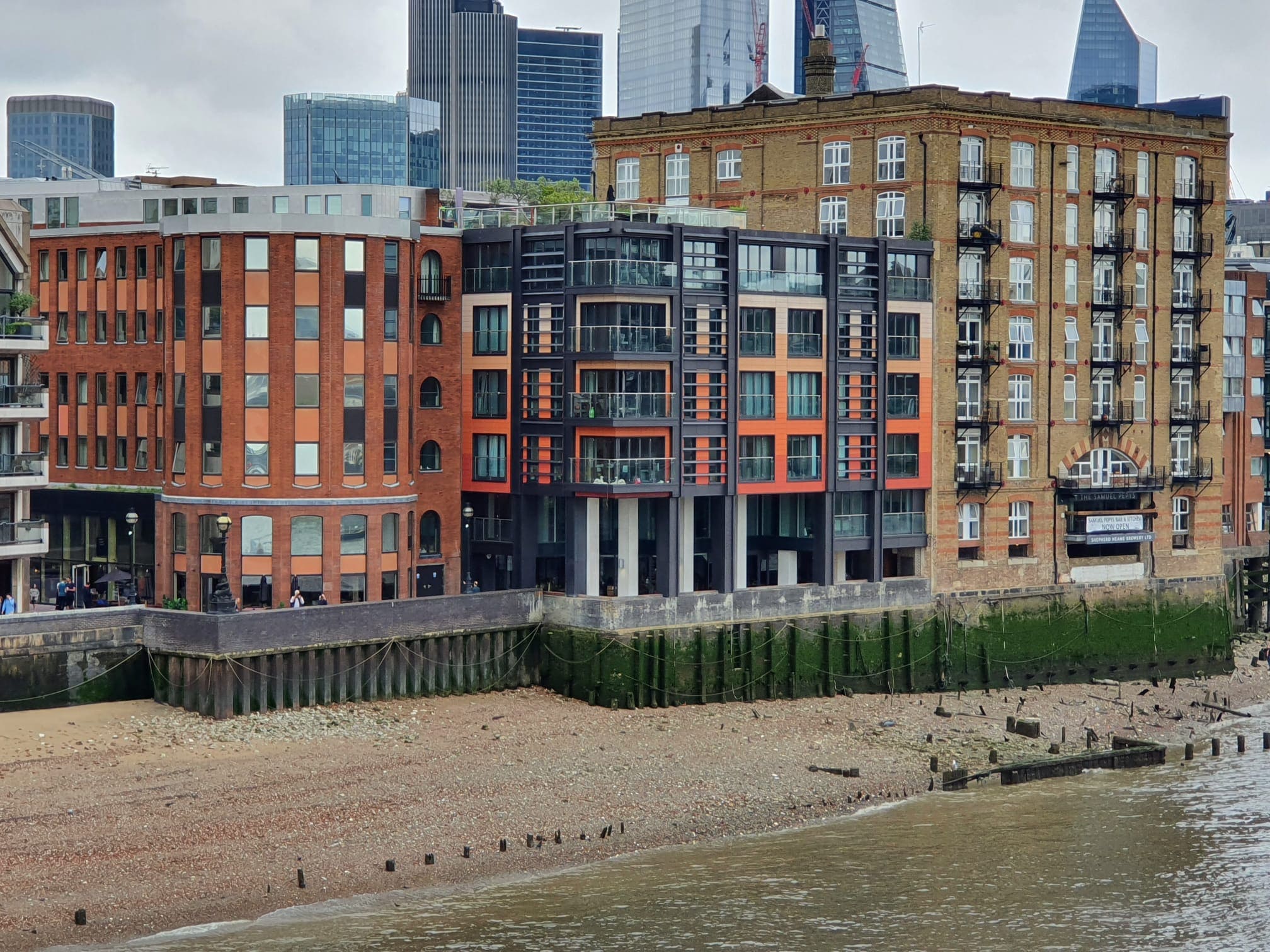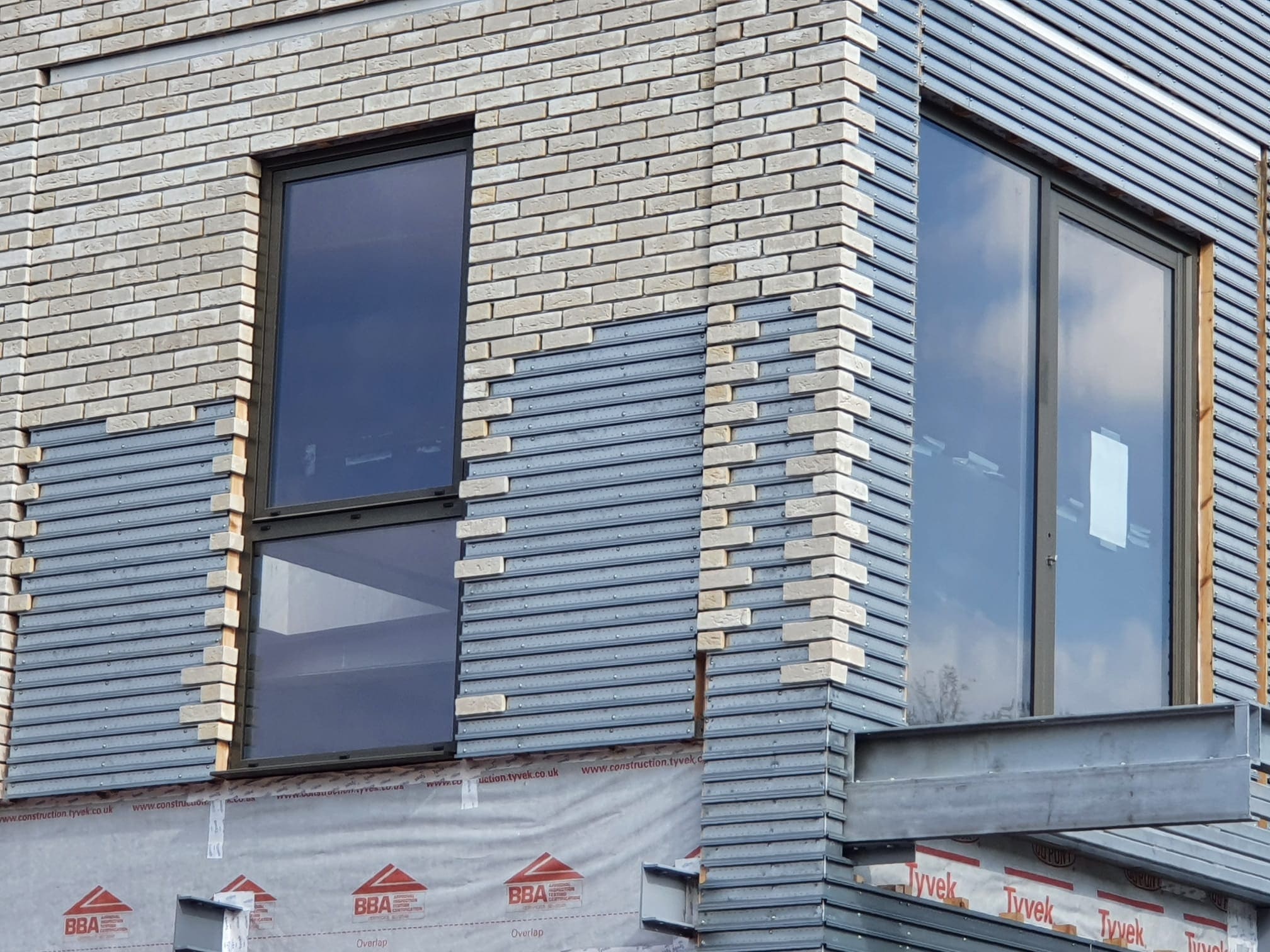 602
602
 0
0
When Can a Landlord Enter a Leaseholder’s Flat?
As a landlord, do you know when you have the right to enter a leaseholder's flat? Most residential leases include a clause that allows landlords access to a flat for specific reasons listed in the lease. However, the legal position may not always be straightforward, as highlighted in the case of New Crane Wharf Freehold Limited v Dovener.
The Legal Dispute: Access and Leaseholder Consent
In this case, the lease allowed the landlord access with at least 48 hours’ notice. However, when the landlord provided a time and date for an inspection, the leaseholder did not respond—except to express dissatisfaction with the landlord entering the property. A second notice was sent with a new date, but again, there was no response.
Tribunal Ruling: No Breach of Lease
The landlord took the matter to the First-Tier planetrent.co.uk/blog/could-a-tax-tribunal-ruling-mean-btl-investors-avoid-3-stamp-duty-surcharge'>Tribunal, arguing that the leaseholder’s failure to respond was a breach of covenant. However, the planetrent.co.uk/blog/could-a-tax-tribunal-ruling-mean-btl-investors-avoid-3-stamp-duty-surcharge'>tribunal ruled against the landlord. The reason? The lease did not state that access was conditional upon the leaseholder confirming the time and date.
Appeal Outcome: Landlord Loses Again
The landlord appealed the decision but lost once more. The key issue was that the leaseholder never explicitly refused entry—he simply failed to respond. Without evidence of direct refusal, the leaseholder was not found in breach of the lease.
Key Lessons for Landlords
This case highlights two important lessons for landlords:
- Carefully word access notices – Notices should be drafted in a way that ensures compliance with the lease terms.
- Proceed with entry if the lease allows – If the leaseholder does not respond, landlords may still have the right to enter as per the lease terms, but they must ensure they act within legal boundaries.
Need Legal Advice? Contact Ringley Law
If you are uncertain about serving notices on leaseholders or have any other residential leasehold legal concerns, our expert team at Ringley Law can help. Contact us today for professional guidance.





Meet our Expert Property Commentators



























